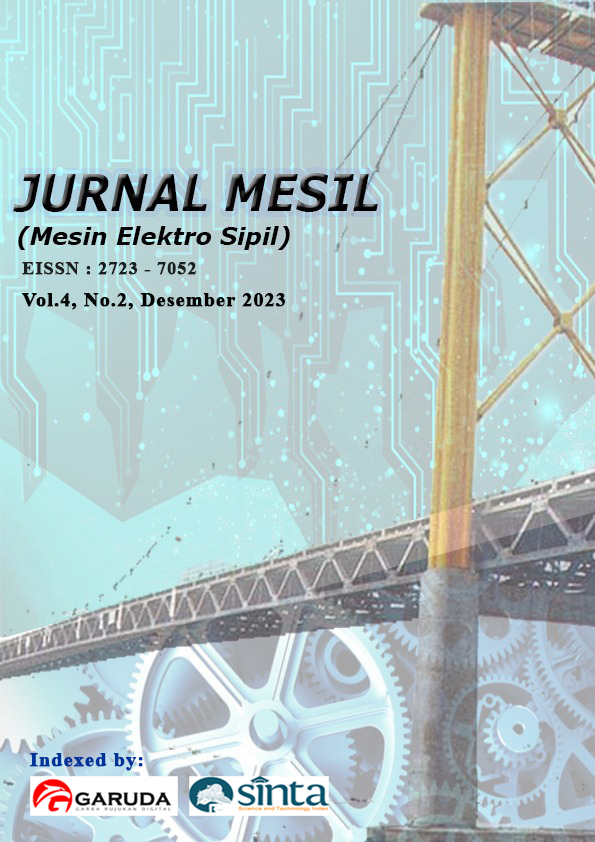Analisa Elemen-Elemen Pembentuk Struktur Kota Di Kawasan Perdagangan Kota Binjai (Studi kasus Kecamatan Binjai Kota)
DOI:
https://doi.org/10.53695/jm.v4i2.973Abstract
In the era of globalization, a city in development needs to have a spatial structure or city form as a sustainable city order. Binjai has a trade center area in the Binjai City sub-district. Apart from being at the center of trade and service activities, this area also has an important history for the development of the Binjai City Area. This condition can be seen very clearly from the architectural condition where there are still many old buildings, such as shops, offices, and also traditional markets that have not changed much, as can be seen from the shape of the spatial structure. Spatial structure is something important to strengthen the city structure so that the city has sustainable planning. The aim of this research is the elements of urban spatial structure in the Binjai City trade area through eight elements that form spatial structure. in Hamid Shirvani's theory, namely, land use, building form and order (Mass and Form Building), open space (Open Space), pedestrian paths (Pedestrian Ways), activity support (Activity Support), signage/names markers (Signages). This research aims to identify the elements that form the spatial structure in the Binjai City trade area. This research uses a qualitative descriptive method where the theoretical basis is related to the title analysis of the elements forming the spatial structure in the Binjai City trade area. Qualitative descriptive methods are used to draw conclusions in research on the image of Binjai City. The results of the research show that, in the Binjai Kota sub-district trade area, city spatial planning has 27 elements forming city structure by Hamid Shirvani, including 5 types of land use, 3 types of building shapes and arrangements, 2 open spaces, 1 pedestrian, 3 activity support areas , 7 sign boards, and 4 preservation areas.Downloads
Downloads
Published
How to Cite
Issue
Section
License

This work is licensed under a Creative Commons Attribution-ShareAlike 4.0 International License.
This is an open-access journal. All works published under Creative Commons license CC-BY-SA which mean that all content is freely available at no charge to the user or his/her Institution. User are allowed to read, download, copy, write, improve, and create derivative creation even for other lawful purposes, this license permits anyone to, as long as they cite and license the derivative creation under similar terms

Jurnal Mesil (Mesin Elektro Sipil) is licensed under a Creative Commons Attribution-ShareAlike 4.0 International License.



